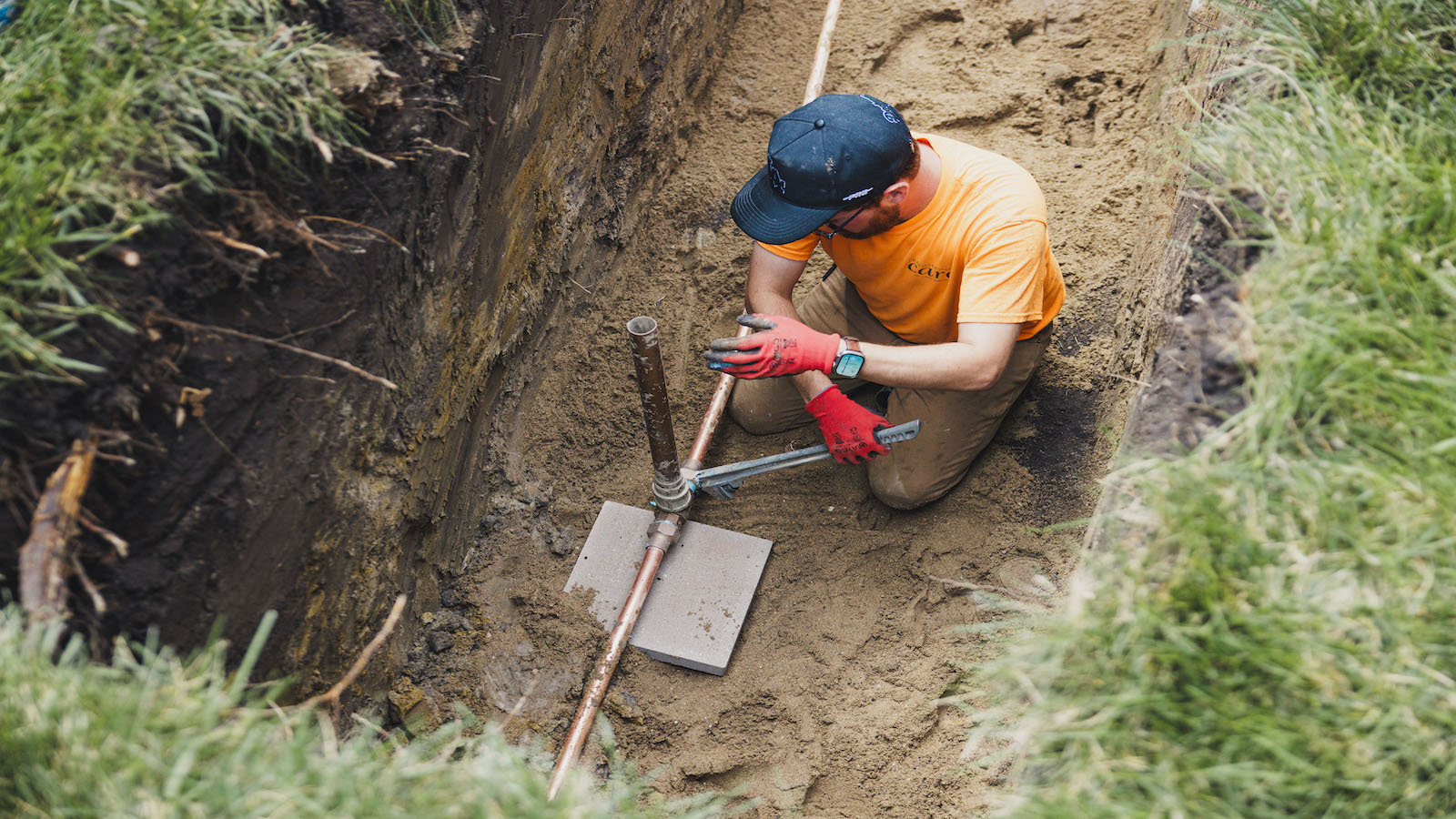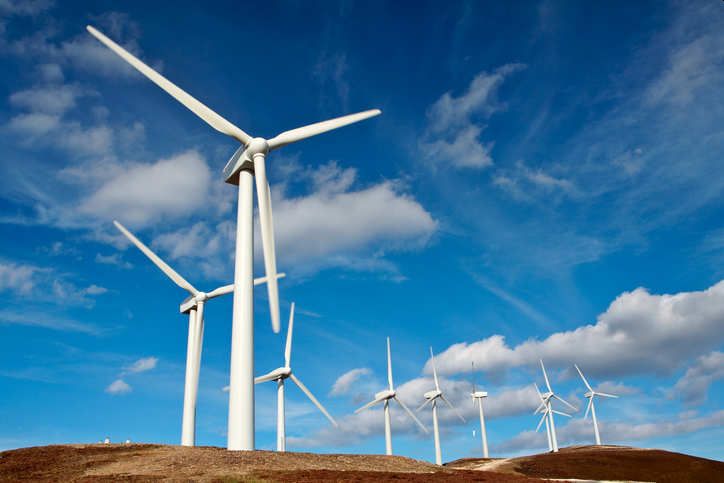Air quality in the Pacific Northwest has historically been hyper-localized. While many communities don’t often experience pervasive smog, others live near industrial facilities or highways where they are exposed to high rates of pollution. Communities experiencing these conditions are more likely to be low-income and/or Black, Indigenous or people of color. But with increasing rates of wildfires driven by climate change, air pollution is becoming more widespread.
The Pacific Northwest’s clean air and water, beautiful nature, and temperate seasons were some of the reasons my parents chose to raise their six kids here. Yet when two of my siblings started developing asthma, our family doctor advised that it was probably no coincidence that we were living next to a busy highway with diesel pollution drifting over the fence. We were lucky to be able to move into a home two miles away, with much cleaner air—a choice not all families can make. I eventually moved cross-country to the smog-heavy urban Northeast, missing home and the crisp air of the Northwest.
As I started my professional career fighting climate change while living on the East Coast, I felt extremely grateful that my family now seemed insulated from its effects and the polluting fossil fuels responsible for it. These transitions early in my life taught me through personal experience about the power of place and how a couple of blocks can determine one’s exposure to air pollution and other environmental factors that affect people’s health and longevity.
It wasn’t long before I received several wake-up calls showing the far reaching nature of climate change. In 2017, fireworks sparked the Eagle Creek fire in the Columbia River Gorge, where I had grown up hiking. It burned more than 50,000 acres over three months. In 2021, the Pacific Northwest heat dome launched numerous, extensive wildfires and was responsible for an estimated 600 deaths. Major population centers including Vancouver, WA, Portland, OR, and Seattle suffered extremely poor air quality due to the wildfire smoke drift; my friends sent me pictures of apocalyptic red skies.
I witnessed those smoke events from afar, but in 2022 I moved back west to Seattle. There more wildfires welcomed me back to the region, and instead of exploring my new neighborhood I sheltered inside from the thick, hazy smoke.
I realized the comfortable Pacific Northwest climate I’d grown up in had changed. Summers have become hotter and drier overall due to fossil fuel-driven global warming. In turn, the ultra-dry forest conditions are perfect tinderboxes for wildfires to start and burn longer. Now, among the many PNW seasons (including “Junuary”), there is a “smoke season” in summer when wildfire smoke drifts and settles for days at a time, affecting the air quality for thousands of people.
The changing climate hit me even more personally when a close family member had a recent health scare. The assumption I’d made about my family being out of reach from climate change impacts was wrong: When the 2021 wildfire smoke came into Portland, OR one of my family member’s lungs were so badly affected that she developed a chronic, painful cough that returns during each smoke event and lasts for up to nine months. Under doctors’ orders, she now needs to avoid smoke of all kinds year round, even from birthday candles. Her house is poorly insulated from the outdoor air, and she worries about what to do when wildfire smoke gets bad enough that she can smell it inside. We both watch heat forecasts for each summer and try to prepare as well as we can.
My family’s experience is not a unique one: plenty of people in Washington and Oregon have been privileged to avoid living near sources of toxic air pollution like industrial manufacturers, highways, and other sources, but are recently experiencing prolonged bad air quality for the first time. For me, it is a reminder of the power of place, resiliency, and our shared liberation. I had an experience with the power of place from a young age with our move away from the highway, and now I have over and over witnessed the need for the power of resilience because climate change-driven extreme weather events affect us all. Civil rights leaders like Fannie Lou Hamer teach us that “nobody’s free until everybody’s free” Our liberation is shared, and solutions to the climate crisis must support everyone as we transition to clean energy. That’s especially true for frontline communities where people have experienced poor air quality their entire lives, often lacking easy options to relocate.
As more people experience hotter and smokier summers, cooling and air filtration solutions become more important where we live, work, learn, and play. Highly efficient electric heat pumps are proving to be heroic multitaskers wherever they are installed—they provide both heating and cooling, and they filter the air for inside spaces. They also run on clean electricity, save energy, and avoid burning more of the fossil fuels that contribute to climate change.
The recent federal rollbacks in clean energy development are putting our electricity grid at risk for overload. State leadership on energy efficiency is critical, now more than ever. Washington and Oregon lawmakers have already invested millions in heat pump rebates for households on low incomes, and we need them to increase those investments for folks with the highest need. These appliances can help many survive the hottest and worst air quality days.
As fires blaze today in Rowena, the Dalles, near Sisters, and on the Olympic Peninsula, let’s connect from our shared love of place, take care of each other, and invest in solutions for all.
Source link
Megan Larkin www.climatesolutions.org



